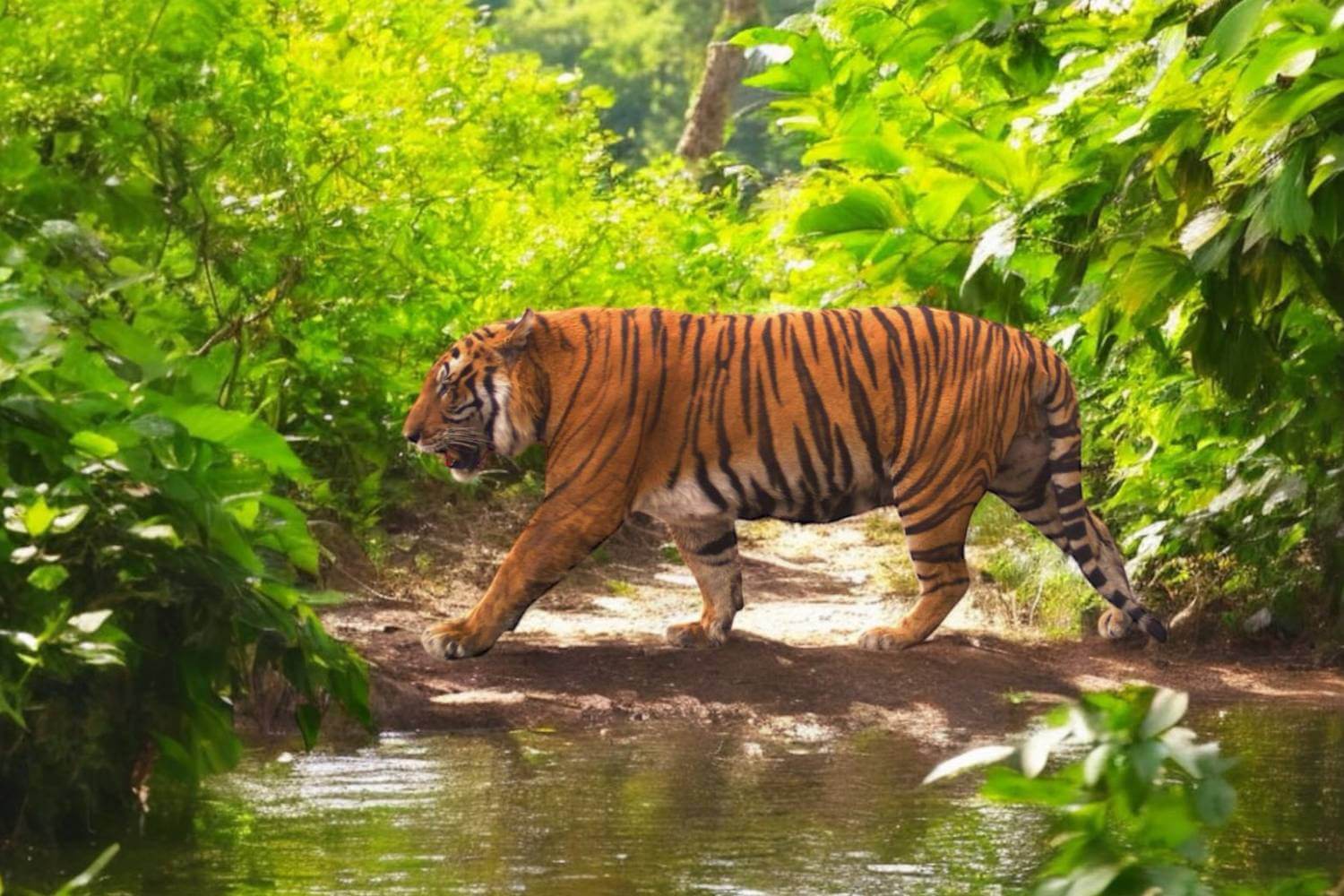
31 Jul, 2025
Tiger Population Ascending in Kaziranga National Park in Assam
The iconic wildlife setting, Kaziranga National Park, has recently achieved a deserving achievement. Kaziranga, once a renowned facility for its one-horned rhinoceros population, has now become an erected testament of successful tiger conservation. The “Status of Tigers in Kaziranga” report has it that the reserve has witnessed a major population boom; the number, which was 104 back in the year 2022, has now led to a remarkable surge that abodes 148 adult tigers. The park’s solidified reputation now as the world's third-highest tiger density hotspot finely exemplifies the enhanced monitoring, expansion of habitat, dedicated efforts of the forest staff, advanced technology, and serious protective measures, significantly leading to positive outcomes for tiger welfare.
Key Highlights from the Latest Tiger Census (2024)
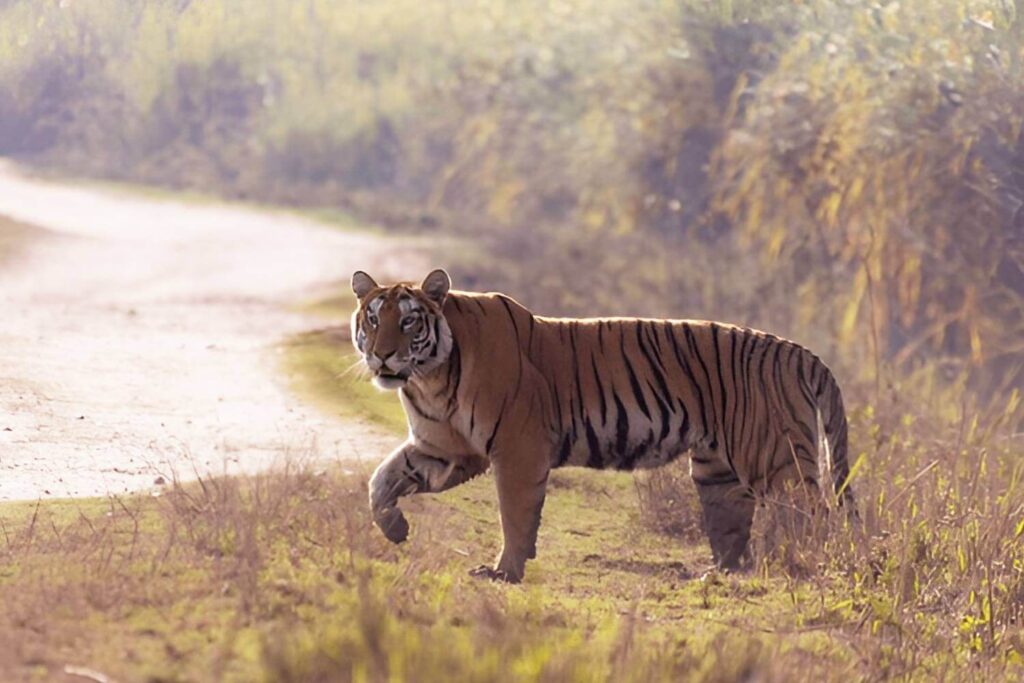 The Ascending Roar
The Ascending Roar
- The surge in tiger population in Kaziranga National Park and Tiger Reserve (KNPTR) rose to the count of 148 adults. Out of which 83 are identified as tigresses, 55 of the totals are identified as males, and the remaining 10 have undetermined genders.
- This rise definitely indicates a healthy and balanced demographic.
- Fascinatingly, the Biswanath Wildlife Division alone has contributed 27 new tigers, a first-time inclusion.
- The Eastern Assam Wildlife Division and the Nagaon Wildlife Division have contributed to the big number as well, while observing the count rise from 104 to 115 and sustaining a constant population of six, respectively.
- With a striking 18.65 tigers per 100 sq km, Kaziranga Tiger Reserve is momentarily boasting the third-highest density of tigers on the global level. Securing its place behind Bandipur Tiger Reserve and Corbett National Park.
- The tiger count had been conducted through a scientific procedure involving remotely triggered camera traps; these keenly identifying cams were strategically and systematically planted across an expanse of 1,307.49 sq km within KNPTR's multiple divisions.
- Eastern Assam, Nagaon, and Biswanath Wildlife Divisions, which have the camera installed between the time frame of December 2023 to April 2024 were captured with a significant amount of tiger roaming.
- Intriguingly, the individual identification was done via various interesting ways, like right-flank stripe patterns. Frequently referred to as photo-identification or camera tapping, this successful method is used upon considering a fundamental biological fact, which says that no two tigers have the identical stripe patterns, making their natural stripes as unique, distinctive, and authentic as human fingerprints.
Driving Factors Behind the Growth
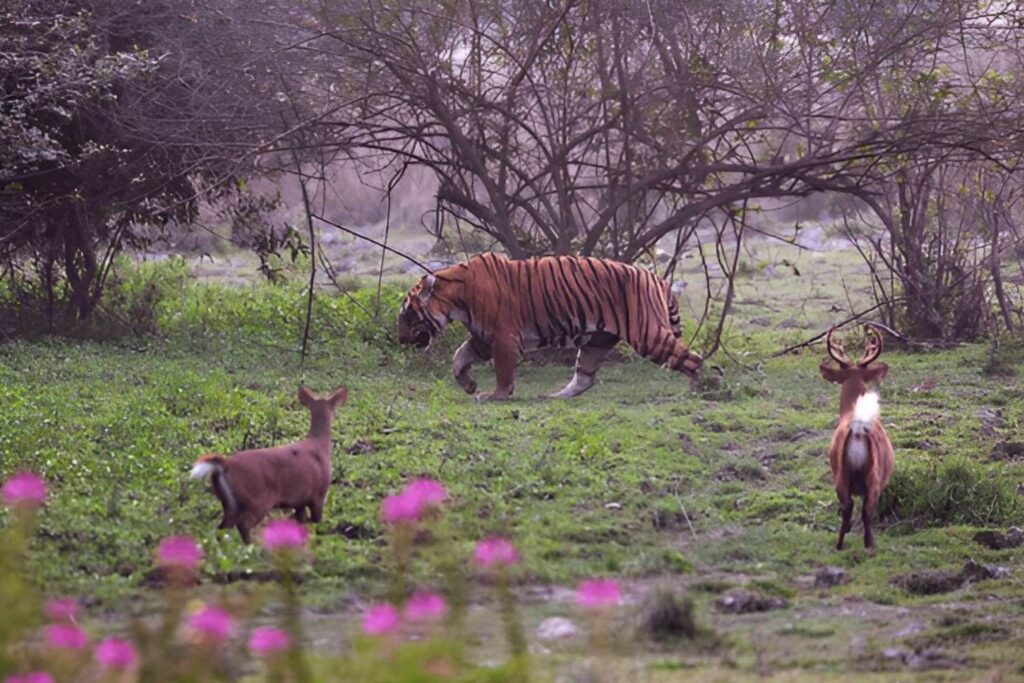
- Habitat Expansion and Protection: The importance of expansion was seen when these big cats were able to find more space to move, breed, and disperse. Therefore, this strategic area addition has enhanced the overall tiger landscape.
- Modernized Technology and Anti-Poaching Measures: The remarkable implementation of advanced technology like drones, M-STrIPES, and the ‘Electronic Eye’ surveillance systems were introduced to support and improve the monitoring abilities and therefore strengthen anti-poaching efforts.
- Staff’s Dedication and Communal Support: In coordination with the locals, the constant efforts led by the forest staff, consisting of the all-women “Van Durgas” force, have played a vital role in terms of collecting the data tirelessly as well as ensuring the utmost wildlife security.
- Abundance of food resources: Kaziranga Park makes a blessed home when taking into account its rich biodiversity, which furthermore provides an abundance of prey base. An amalgamation of high diversity of hog deer, a multiplicity of swamp deer, and wild buffaloes are there to ensure the survival of these apex predators as ample food resources.
It is More than just a Statistical Triumph
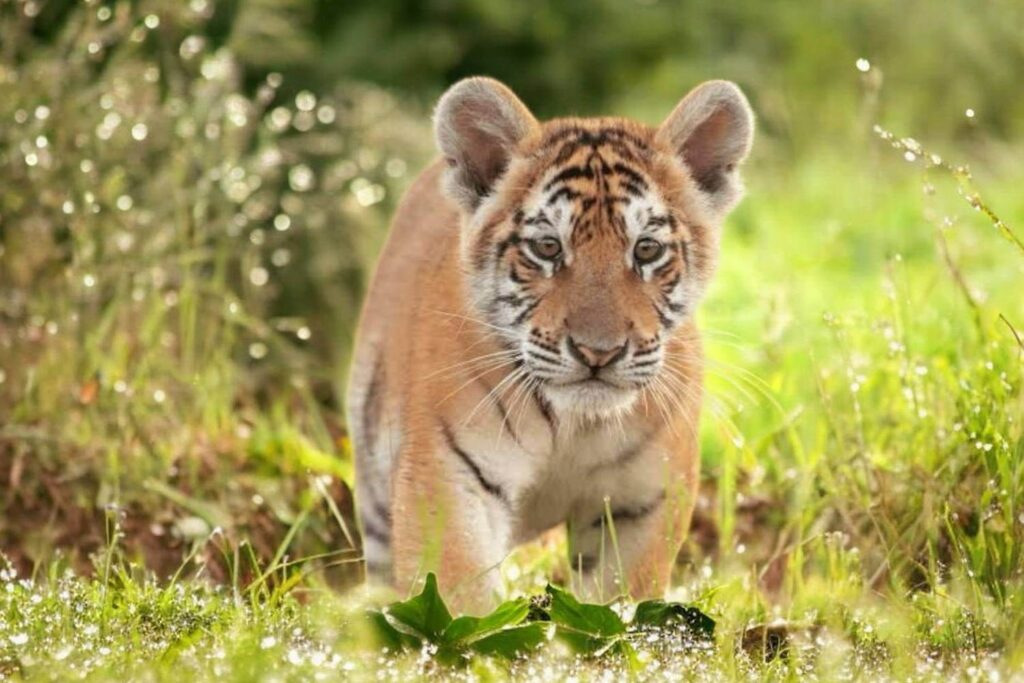
The massive success of tiger conservation in Kaziranga National Park, recognized by the park’s recent tiger census, is not only about the great statistics but also a reflection of the continuous efforts of the forest authorities, the anti-poaching framework, and a deep-rooted and selfless commitment by the local community itself. Upon solidifying its rank among the world’s top three in tiger-dense habitats, it marks a substantial symbol of purpose and persistence, which in this case not only led to wildlife surviving but also thriving.
Other Interesting Blogs to Read
- The Success Story of Rhino Conservation in India
- Popular Tea Gardens to Visit in Assam
- Tea Estate Tourism at Kaziranga National Park
- Rare Golden Tiger Sighting at Kaziranga National Park
- Best Tourist Destinations in Assam
- The Rhino Population of Kaziranga National Park in Assam Rises
- Best Places to Visit in Kaziranga National Park
- Interesting Facts About Kaziranga National Park
- Importance of the Conservation of Greater One-Horned Rhinos
- Best Wildlife Resorts to Stay in Kaziranga
- Top 10 Reasons to Visit Kaziranga Tiger Reserve in Assam
- Discover Kaziranga Beyond Wildlife: Culture, Heritage & Nature



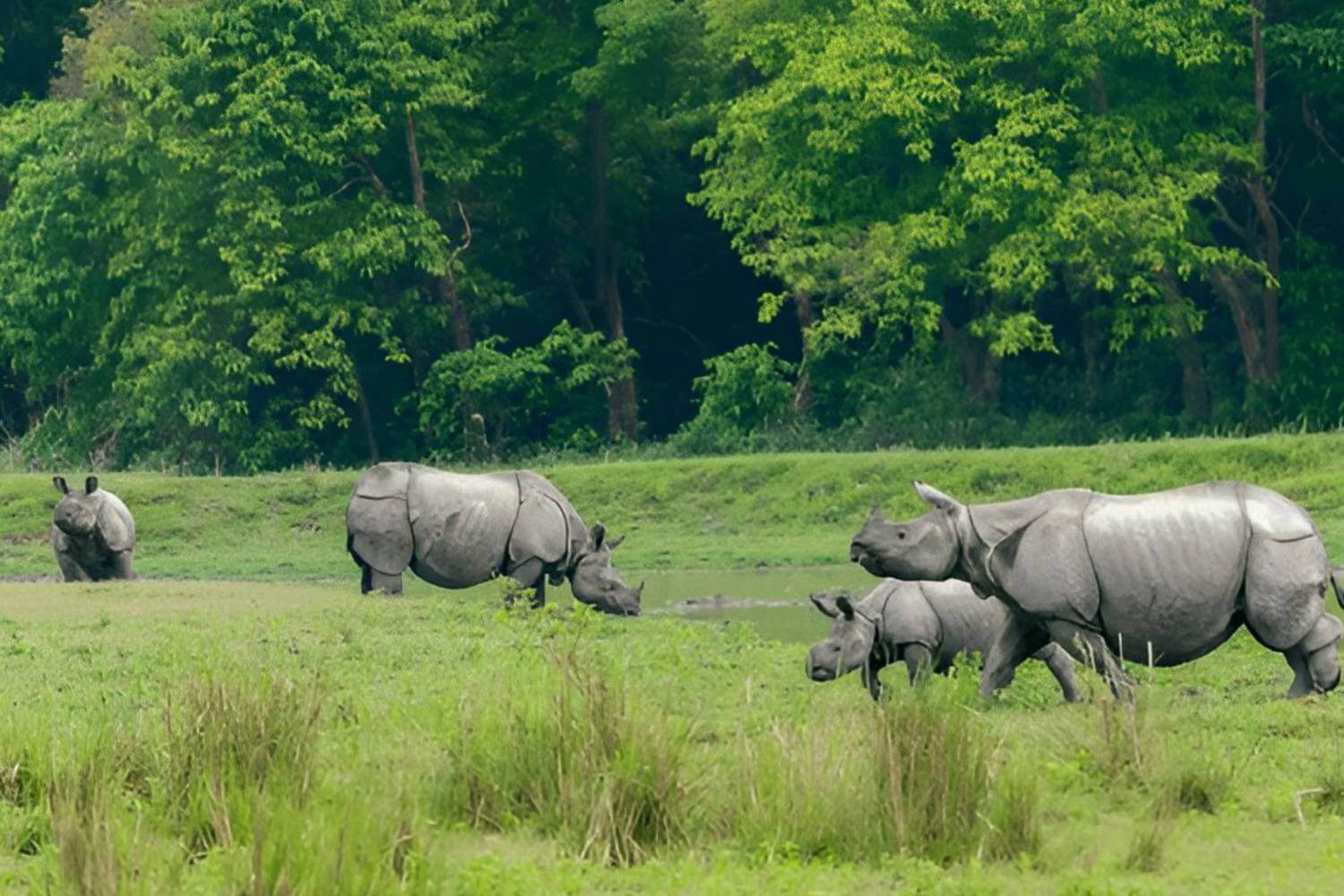

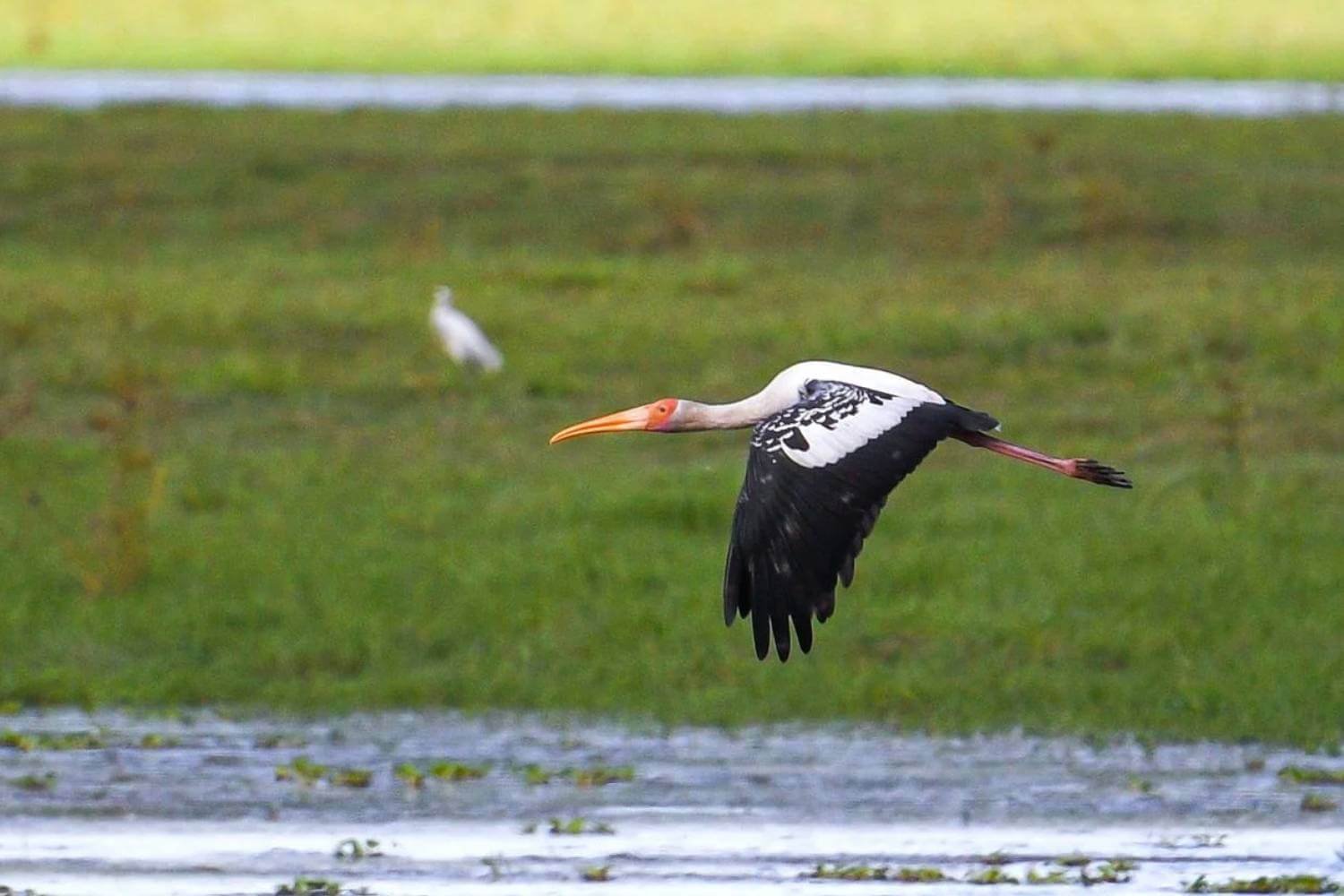




 Share
Share Home
Home Packages
Packages Book Now
Book Now